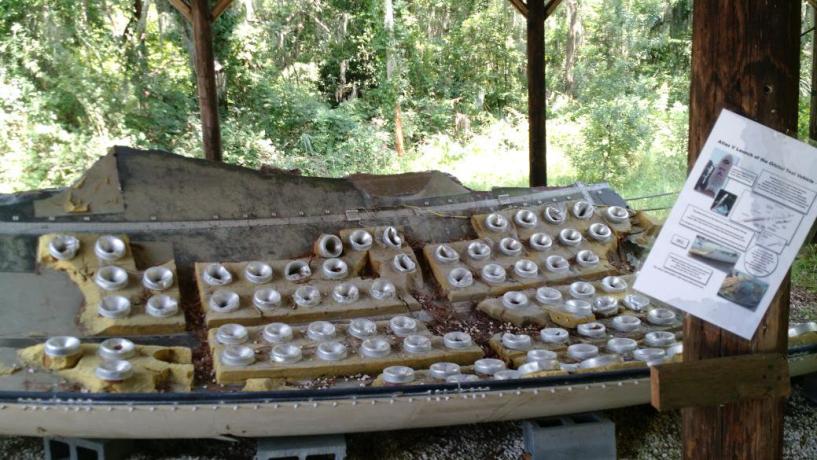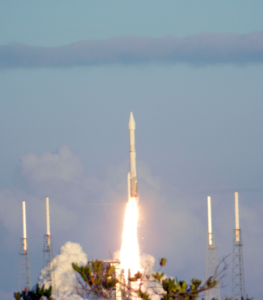One post a month isn’t many to make, but with launches as infrequent as they are, it’s not like there’s much to talk about otherwise! I had planned on making a post for Lucy, but for reasons I’ll get into later, I elected not to do so.
As far as Crew-3 is concerned, I’ve been posting updates on Twitter as options present themselves. Thus far, I’ve only seen few available options.
UPDATE 1:00 PM EDT 3-Nov-21: The launch has delayed to a new date and time of 11:36 PM EDT on 6 November from its original timeslot of 2:21 AM EDT on 31 October,
– First and foremost, the Kennedy Space Center Visitors’ Complex is offering paid viewing, which includes admission, food, swag, and such in addition to the general experience they offer. At this point, their Feel the Heat package ($250), which offers views clear across the water to the launchpad from the Banana River Viewing site, may be sold out, but their Feel the Fun package remains if you’re content with viewing from the main visitors’ center. It retails for $150, with all the inclusions listed.
– Star*Fleet Tours is offering paid viewing as well, and tickets should have gone up for sale by the time this post goes live at noon on the 28th. They offer views from boats chartered to sail out into the Atlantic and sit near the edge of the keep-out zone, offering a unique launch view! In addition to the viewing itself, they offer a pre-launch cruise to see the rocket up close on the pad, sailing right along the shore and offering photo opportunities. If all goes well, I’ll be lending them a hand on these cruises, so, feel free to say hi!
– This is where we get to the difficult part. Night launches are a bit of a challenge, as most viewing sites I’d recommend are public parks along US1. These parks are only open dawn to dusk, according to Brevard County Parks and Recreation, and therefore not open for night launch viewing. Ahead of Lucy, I reached out to the Parks department with an email, hoping to get clarification on whether launch nights were considered an exception, but I have yet to hear back, and that’s why no Lucy post was ever made. Between the lack of paid options, and the lack of info from the Parks department, I had nothing to post.
– The only park I could get clarification on was Space View Park, operated by the City of Titusville rather than by Brevard County. Space View Park is open for launch viewing, provided you can find street parking. They do not want you parking in private parking for businesses, and those businesses can and will have you towed, as is their right. I was downtown for a farmer’s market, and someone had parked in Titusville Towers and either gotten towed, or came real close to being such. Fortunately, Titusville has a decent amount of street parking, so assuming you get there early enough, you should be fine. It’s a lovely view on a nice seawall, and folk like Ozzie Osband (responsible for the campaign to get our local area code set to 321) offer commentary and live updates, hosting from the park.
Now, as far as the site goes, not much has changed. The most notable thing is that I tried to get the email for the Twitter account changed to our team@launchrats.com address from Wayward’s personal, but it turns out Wayward had used it for a second account, @LaunchRatsNet, which got suspended for being inauthentic because it never did anything after being created. So I just changed the email to lupi@launchrats.com instead, and gave up there.
I hope to get some help untangling the mess of accounts, domains, hosting, and inboxes that Wayward left behind to streamline everything, but at least I’m getting the hang of fumbling my way through the little stuff. Every little bit is progress, even if I’m learning to hate this WordPress editor.
Once I get everything on the back end straightened out, I’d love to reach out to local businesses about advertising, there’s a ton of places I’d happily endorse and it’d be nice to make the site self-sustaining in the process. If you’re a local business (Titusville, Cocoa Beach, and City of Cape Canaveral area) and you’re seeing this post, I’d welcome your email @ team@launchrats.com!
Happy launching,
Lupi


